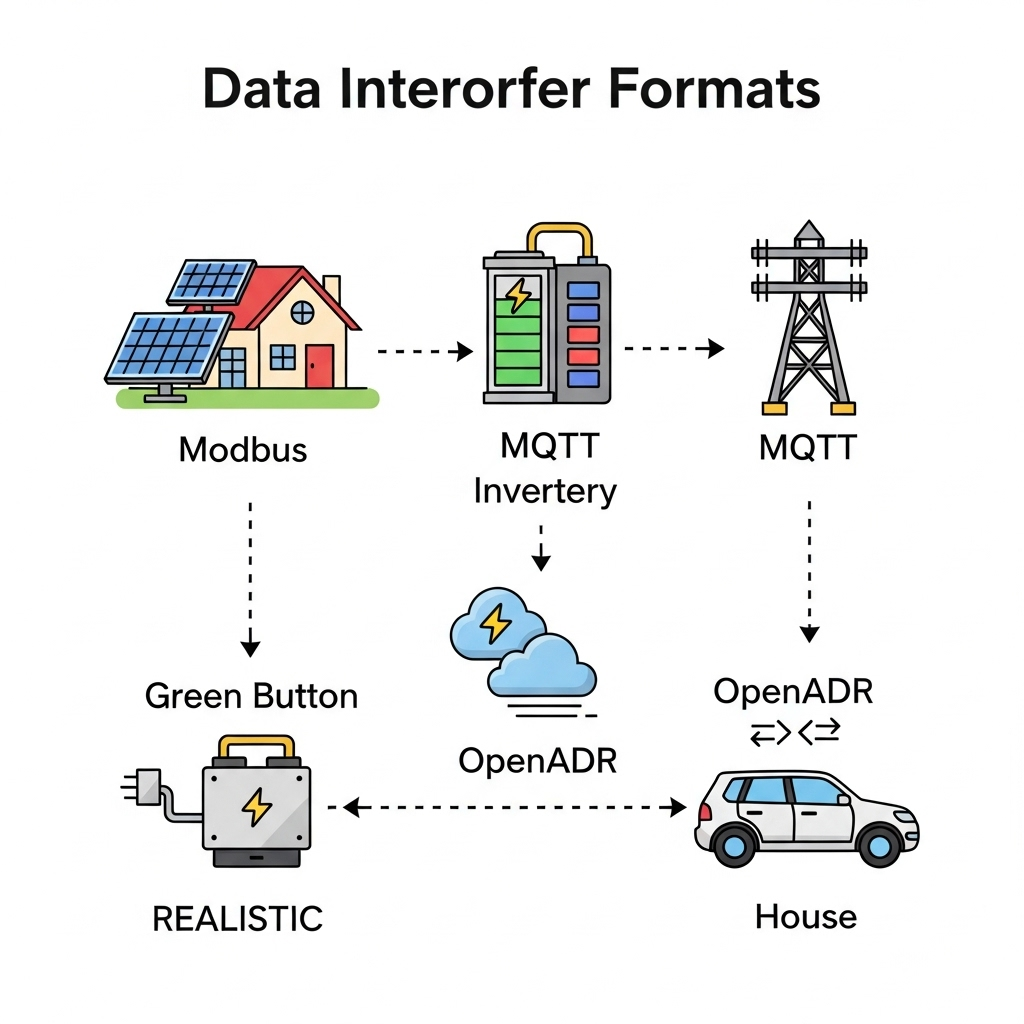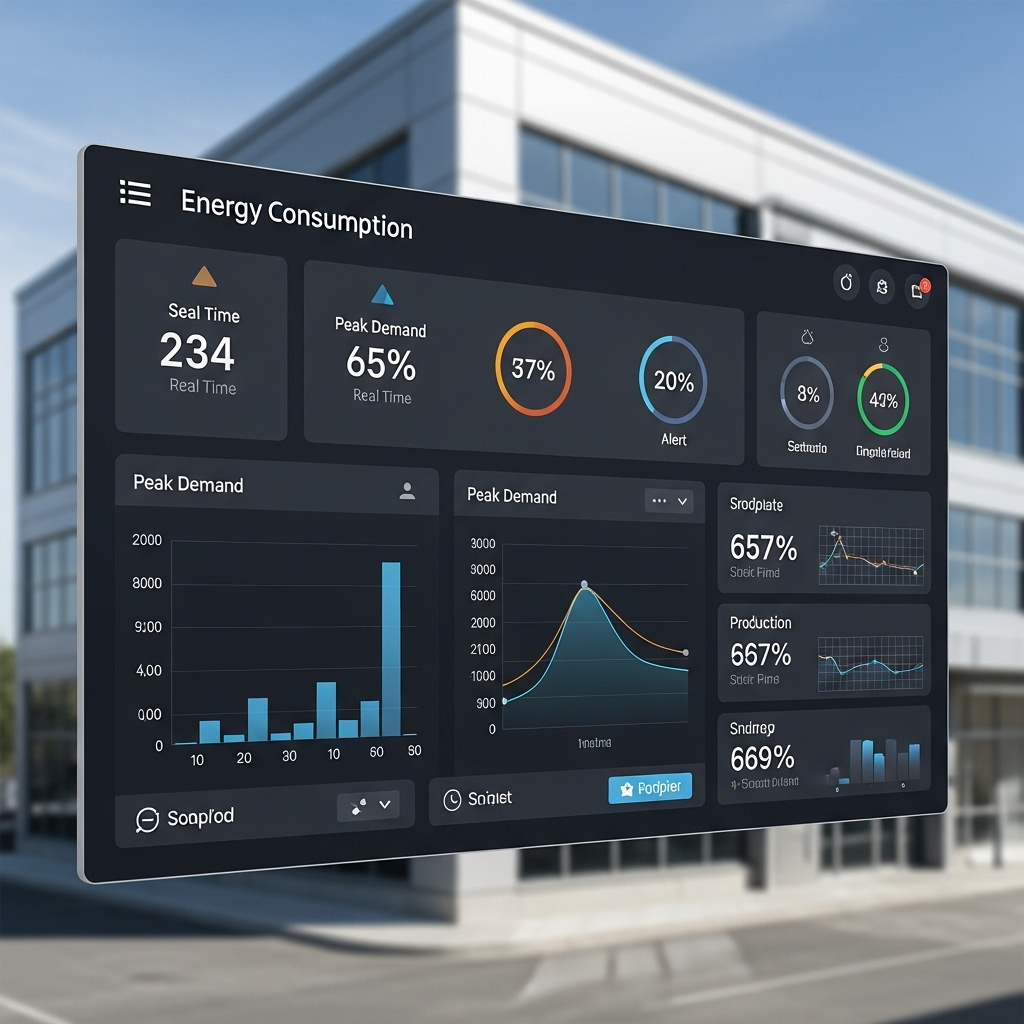Home energy storage is no longer just about having backup power. It's evolving into a sophisticated ecosystem that actively manages your home's energy flow. The next major leap in this evolution is the integration of edge-to-cloud analytics. This technology promises to make home storage systems smarter, more efficient, and more valuable than ever before. By 2025, this trend will reshape how you interact with your energy, turning your home into an intelligent energy hub.
Understanding the Edge-to-Cloud Framework
To appreciate this shift, you first need to know the two core components: the 'edge' and the 'cloud'. They work together to create a powerful analytical system for your home energy storage.
What is Edge Computing?
Edge computing moves data processing away from a centralized location and closer to the source of the data itself. In a home energy setup, the 'edge' is your equipment—specifically, devices like your solar inverter or a dedicated energy management gateway. These devices have onboard processing capabilities. They can analyze data in real time, making instantaneous decisions without needing to send information to a remote server. This is crucial for rapid responses, such as switching to battery power the moment the grid goes down.
The Power of Cloud Analytics
The cloud complements the edge by providing vast storage and immense computational power. While the edge handles immediate tasks, it sends summarized or important data to a cloud platform. Here, powerful algorithms can perform deep analysis on long-term data. The cloud can identify historical consumption patterns, forecast solar generation based on weather data, and run complex simulations to optimize your system's performance over weeks, months, and years.
A Synergistic Partnership
Edge and cloud are not competing technologies; they are partners. The edge provides speed and autonomy, ensuring your system runs smoothly even if your internet connection is down. The cloud provides depth and intelligence, learning from your past energy use to make smarter decisions for the future. This combined approach creates a responsive and forward-thinking energy management system.
Key Analytics Trends for 2025
The fusion of edge and cloud is unlocking new capabilities. Here are the top trends set to define home storage analytics in the near future.
AI-Powered Predictive Maintenance
Instead of waiting for a component to fail, future systems will predict problems before they occur. By continuously analyzing data points like battery temperature, voltage fluctuations, and charge cycle efficiency, AI algorithms can detect subtle signs of degradation or malfunction. For instance, a report from the IEA, Energy and AI, highlights how artificial intelligence is becoming instrumental in optimizing energy systems. You might receive an alert on your phone that your battery's performance is slightly off, prompting a check-up and preventing a costly future failure and unexpected downtime.
Hyper-Personalized Energy Optimization
Generic settings will become a thing of the past. Edge-to-cloud systems learn your unique household rhythm. The system will know when you cook dinner, do laundry, and charge your electric vehicle. It will cross-reference this with time-of-use electricity rates and weather forecasts for solar production. The result? Your system will automatically decide the most cost-effective times to charge your battery from the grid, when to store solar power, and when to discharge it for home use, maximizing your savings without any manual input.
Seamless Grid Interaction and VPPs
Advanced analytics are enabling homes to become active participants in the energy market. Through Virtual Power Plant (VPP) programs, your home storage system can be aggregated with others in your community. When the grid is under stress, the VPP can call on your battery to discharge a small amount of power in exchange for payment. Edge analytics ensure your personal energy needs are always met first, while cloud coordination manages the VPP interaction, creating a potential revenue stream for you.
The Technology Driving the Change
This intelligent future is built on a foundation of specific hardware and software working in concert.
IoT Sensors and Rich Data Collection
Modern energy storage systems are packed with Internet of Things (IoT) sensors. They collect a wealth of data every second, including the battery's state of charge (SoC), temperature, input/output voltage, current, solar panel production, and your home's total energy consumption. This granular data is the fuel for the entire analytics engine.
Onboard Edge Processors
The 'brain' at the edge is a powerful microcontroller or System on a Chip (SoC) embedded within the inverter or a separate energy gateway. These processors are designed to run lightweight machine learning models directly on the device. As academic research like Deep Learning With Edge Computing: A Review points out, this local processing capability reduces latency and improves the reliability of real-time control systems.
Secure and Scalable Cloud Platforms
Once data is sent to the cloud, it must be protected. Leading cloud monitoring platforms use end-to-end encryption and robust security protocols to safeguard your personal energy data. These platforms are built to be scalable, capable of managing data from millions of homes simultaneously while providing a user-friendly interface for you to view insights and control your system from anywhere.
Practical Gains for Homeowners
These technological advancements translate into tangible benefits that enhance your experience with solar and storage.
Maximizing Savings and Self-Consumption
An intelligent system actively works to lower your electricity bill. By smartly managing when to buy, store, and use energy, it dramatically increases your self-consumption of solar power. The difference between a basic system and an optimized one can be significant.
| Feature | Standard Storage System | Analytics-Optimized System |
|---|---|---|
| Energy Arbitrage | Manual or basic time settings | Automated, based on real-time rates and forecasts |
| Solar Self-Consumption | Good (stores excess solar) | Maximized (stores and uses based on predicted needs) |
| Estimated Bill Savings | Moderate | Significantly Higher |
Extending System Longevity
A primary factor in your return on investment is the lifespan of your battery, typically a LiFePO4 unit in modern systems. Smart analytics help extend this life. By managing the depth of discharge, controlling charging rates, and maintaining optimal operating temperatures, the system reduces wear and tear on battery cells. Understanding key metrics is vital, and for those looking to learn more, the ultimate reference on solar storage performance provides an excellent, in-depth guide on what to monitor. This proactive management ensures you get the most out of your investment.
Achieving True Energy Independence
Edge-to-cloud analytics give you an unprecedented level of control and resilience. Your system becomes more than just a battery; it's a proactive energy manager. It insulates you from grid instability and volatile electricity prices, providing peace of mind and moving you closer to genuine energy independence.
Your Smarter Energy Future
The move toward edge-to-cloud analytics marks a pivotal moment for home energy storage. We are shifting from passive monitoring to active, intelligent management. This trend is not a distant concept; it's happening now and will become standard by 2025. By leveraging the speed of the edge and the intelligence of the cloud, your home storage system will unlock greater efficiency, enhanced reliability, and superior financial returns, truly empowering your energy future.
Frequently Asked Questions
What is the difference between simple cloud monitoring and edge-to-cloud analytics?
Simple cloud monitoring typically collects data and displays it on a dashboard for you to see. Edge-to-cloud analytics goes much further. It uses both local (edge) and remote (cloud) processing to actively analyze the data, make autonomous decisions, predict outcomes, and automatically optimize your system's behavior for cost savings and performance.
Do I need a completely new system to get these features?
Not always. Many modern inverters and energy storage systems are being designed with the necessary hardware for edge processing. Often, these advanced analytical features can be enabled through a firmware or software update from the manufacturer, connecting your existing system to their advanced cloud platform.
Is my energy data secure in the cloud?
Reputable manufacturers prioritize data security. They use industry-standard security measures like TLS encryption for data in transit and encrypt data at rest on their servers. Always choose products from companies that are transparent about their security practices to ensure your privacy is protected.





Leave a comment
All comments are moderated before being published.
This site is protected by hCaptcha and the hCaptcha Privacy Policy and Terms of Service apply.